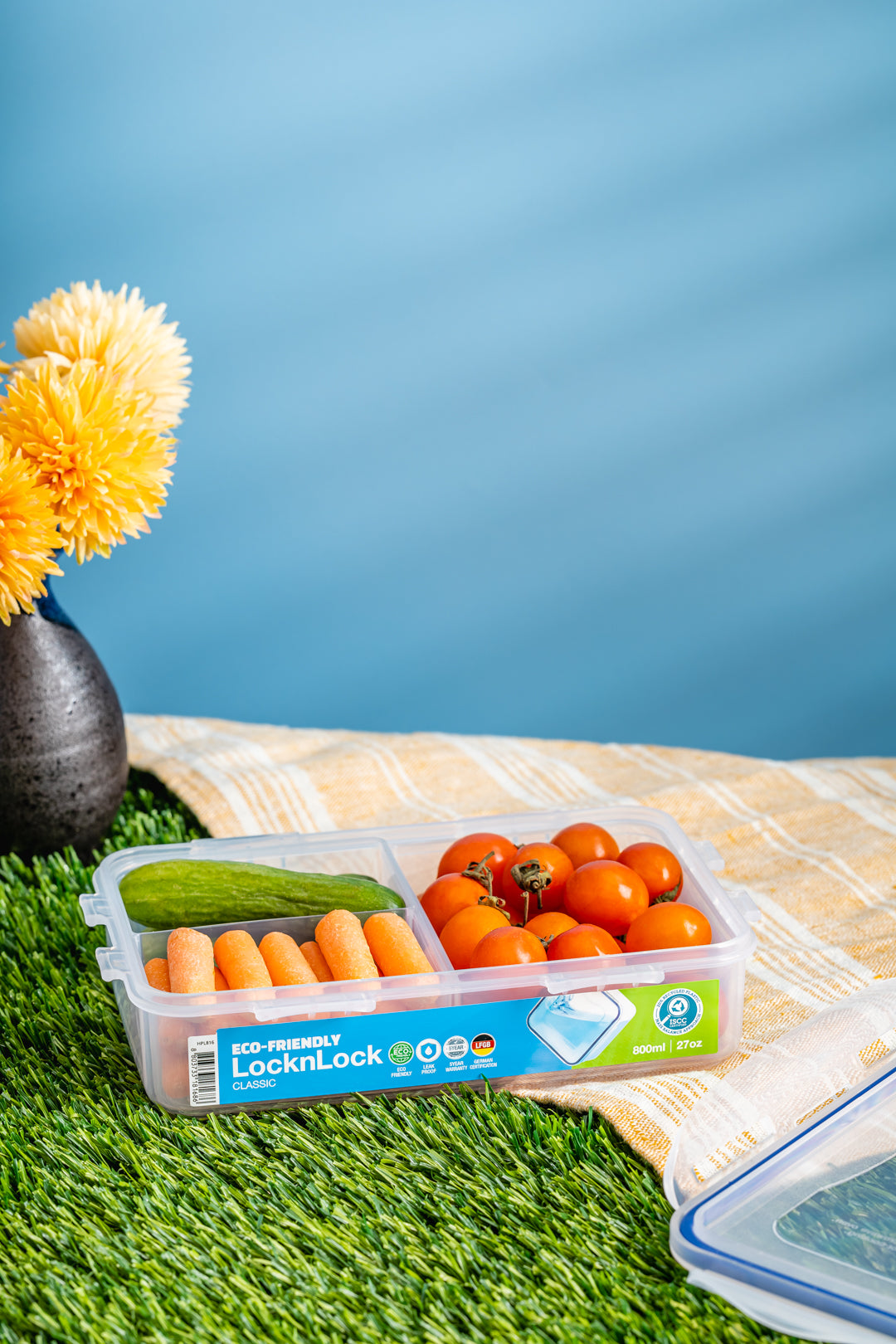Plastic pollution currently stands out as one of today's most critical environmental challenges. The oceans are filled with single-use plastics, which are detrimental to marine life. Despite its rich biodiversity, the Philippines contributes significantly to global plastic waste. The country produces 350,000 tons of plastic, representing 36% of the world's total and making it the source of over one-third of global plastic waste.
This is where chemical recycling steps in. Chemical recycling is the process of transforming used plastic into new materials. It offers an innovative approach to tackling plastic pollution by avoiding fossil fuel use. However, with annual global plastic waste nearing 300 million tonnes, questions arise about its effectiveness and environmental impact.
Here, we’ll dive into the chemical recycling process, exploring its benefits and potential as a solution to plastic pollution. We’ll also consider its complexities and environmental ramifications compared to traditional recycling methods.
Traditional Recycling vs. Chemical Recycling
Chemical recycling represents a significant shift in the battle against plastic waste, positioning itself as a potential game-changer in sustainable waste management. While traditional recycling efforts are crucial, they fall short in addressing the full scope of plastic pollution.
Currently, a very low percentage of plastics are recycled. The majority of plastic waste ends up in landfills or polluting oceans. Traditional recycling methods, primarily mechanical recycling, have been the go-to solution. Mechanical recycling involves physically breaking down plastic waste into smaller pieces to create new products. However, this method has limitations: it can only be applied to certain types of plastics, and the recycling process can degrade the material. This limits the number of times plastic can be recycled.
Chemical recycling, on the other hand, offers a more versatile and potentially transformative approach. Unlike mechanical recycling, which relies on the physical properties of plastics, chemical recycling breaks down plastics to their molecular level. The processes involve using high temperatures, chemicals, or a combination of both to decompose used plastic items into their basic chemical components. Ideally, these elements are then used to produce new plastics.
Advocates argue that chemical recycling can enhance conventional recycling methods by processing mixed and difficult-to-recycle plastics. It turns them into raw materials that can be used to produce new plastics and other products. The nature of the process allows it to handle a broader range of plastic types, allowing for more plastic waste to be recycled and reused.
How Chemical Recycling Supports the Circular Economy

Chemical recycling significantly contributes to the circular economy, which seeks to minimize waste and maximize the reuse of resources. This recycling method fits well with the circular economy's goals by repurposing plastics that would otherwise pollute the environment. It transforms these plastics into valuable raw materials, thereby prolonging the lifespan of plastic materials and decreasing the demand for new raw resources. This process promotes a more sustainable, resource-efficient cycle.
The circular economy presents an alternative to the conventional linear economy, characterized by taking resources, manufacturing products, consuming them, and then discarding them. This traditional model depletes limited raw materials and generates immense waste. In contrast, the circular economy minimizes environmental impact by reducing the need for raw material extraction and processing. This in turn decreases energy use and CO2 emissions.
Circular recycling aims to minimize plastic waste by lessening the need for new plastic production. Through chemical recycling technology, existing plastics can be repurposed and reused. This eliminates the need to manufacture fresh plastic products that can further add to our already overflowing landfills. This will thereby promote a more sustainable use of resources that protects and preserves the planet.
LocknLock's ReNew Series: Leading the Way to Environmental Sustainability
LocknLock is reshaping the food storage industry with its innovative ReNew series, currently incorporating 20% bio-based plastic. We aim to elevate this to 100% by 2025, committing to a future where its products are entirely eco-friendly. This transition reflects LocknLock's dedication to sustainability and its vision for a greener product line that aligns with environmental preservation goals.
Dedicated to fostering a more sustainable world, LocknLock employs both Post-Consumer Recycling (PCR) and Chemical Recycling to repurpose used plastics. As mentioned, this innovative method transforms waste into high-quality material, comparable to new plastic, maximizing the utility of resources.

LocknLock's commitment to sustainability is redefining industry standards for environmental care. Our recycling efforts mean each ReNew container plays a part in a larger cycle of reuse, minimizing plastic waste.
By using LocknLock's ReNew food keepers, you not only choose premium storage but also support a sustainable initiative. You’re contributing to a cycle where plastic is continuously recycled, reducing environmental waste. Each container is a step towards a cleaner and greener future, with LocknLock leading the charge. Discover the ReNew range and join the journey to sustainability. Shop LocknLock’s ReNew line here!













